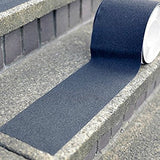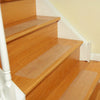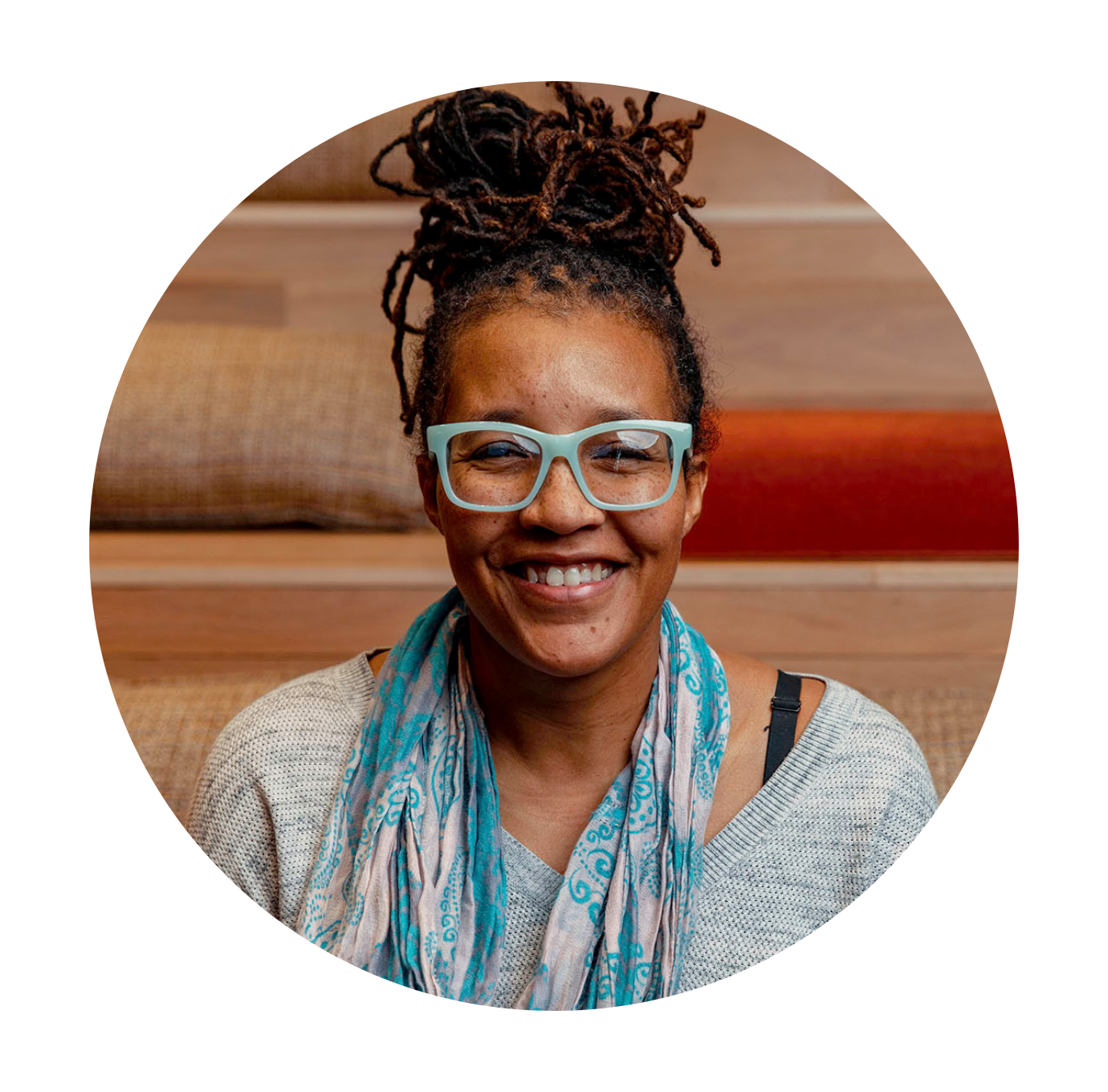As we age, it's important to take proactive steps to make sure that we can live our lives to the fullest. Over the years, I've worked with so many people in such varied conditions. But there were two common threads with those who ended up being best able to age in place - prevention and planning. Prevention includes vaccinations, decreasing fall risk, and increasing activity levels. Planning includes incorporating universal design concepts, estate planning, and having an 'aging ready' home. So in this blog post, we'll discuss the importance of prevention and planning for successful aging in place.
What is Aging in Place?
Aging in place refers to the desire and ability of older adults to remain in their own homes and communities as they grow older, rather than relocating to assisted living facilities or nursing homes. It embodies the idea of maintaining independence, dignity, and a sense of familiarity and belonging in one's environment. Aging in place often involves making home modifications to the home to accommodate for changing needs and abilities, as well as accessing supportive services and resources to help individuals continue living safely and comfortably. It emphasizes the importance of autonomy and quality of life for seniors, enabling them to maintain social connections, routines, and a sense f control over their lives as they age.
What Counts as Prevention?

Preventative care is essential to successful aging in place, and a key component of this is vaccinations. Vaccines are important for helping to protect against many diseases, including Covid-19, shingles and influenza. Receiving these vaccines can help reduce the risk of developing these serious illnesses. But it also avoids the complications that can come from being sick or hospitalized.
In 2015, the World Health Organization (WHO) estimated that 7% of patients in developed countries acquire a disease while in the hospital. This includes occurrences like urinary tract infections (UTIs), surgical site infections, bloodstream infections (e.g., sepsis), and pneumonia. While none of that is helpful to our bodies, it also doesn't include the higher risk for fall and the lost strength that occurs because of being sick! So preventing those cascading effects by avoiding the illness in the first place is the way to go.
For example, receiving the Covid-19 vaccine can help protect against severe illness from the virus. Getting vaccinated seasonally is one way to lower the chances of contracting it and is what the CDC now recommends for anyone 6 months of age or older. Importantly, it also helps decrease the severity of the symptoms if you do contract it.

Similarly, getting the shingles vaccine can help reduce the risk of developing painful outbreaks that can last for weeks or even months. It also helps prevent severe complications like eye damage or hearing loss that can result from untreated shingles. Keeping these diseases at bay or minimized improves health overall and decreases the risk for complications that may impact mobility, cognition, and strength.
Vaccinations are just one part of preventive care. Fall prevention is another really key factor in successful aging in place. Falls are especially dangerous for older adults. They can lead to fractures and other injuries that often result in time spent in hospital or rehabilitation centers rather than at home. The stats around the
outcomes for older adults that have a fall are pretty terrible. According to this study, 1 in 3 adults over age 50 die within 1 year of having a hip fracture!
So preventing falls is extremely important! Home safety measures like removing tripping hazards, securing rugs or installing grab bars should also be considered to further reduce risks associated with falls.
Planning for Aging in Place
Planning for successful aging in place is an important process that requires attention to detail. It includes incorporating universal design concepts into home remodels, estate planning, and opening conversations with loved ones about the future.

Let's start with universal design. It is a concept that focuses on making homes accessible to people of all ages and physical abilities. Making modifications can help people maintain their independence. This includes:
- widening doorways
- installing ramps or elevators
- providing grab bars in bathrooms
- putting in flooring with non-slip surfaces
These changes can be made during any type of home renovation. It not only benefits the older adult, but also any visitors who may have a disability or mobility issue.

Estate planning is another key step in successful aging in place. Establishing a Durable Power of Attorney (DPOA) for both healthcare and financial decisions is a must. It guarantees that the person's wishes are followed if they become unable to make those decisions themselves. This document should name someone trusted to make those decisions and should be updated regularly as needed. You should also consider setting up a living will which outlines wishes regarding life-sustaining treatments if the person becomes terminally ill or permanently unconscious.
Planning allows us to take control of our future health while still preserving our independence as we age. So it is a critical component for successful aging in place.
Creating an 'Aging Ready' Home
As we age, our bodies change and our needs evolve. So it's important to start thinking about how to make the home more age-friendly now, rather than waiting until you're forced to.

'Aging ready' is a term that comes from a National Institute on Aging report from 2020. 'Aging ready' homes have a no-step entry to the home, a full bathroom on the first floor, and a bedroom on the first floor. It also means that in the bathroom, there's at least one accessibility modification like grab bars or non-slip adhesive strips in place for safety.
I don't know about you, but I maybe know one person whose house actually fits those criteria. At the same time, as an occupational therapist who has worked in homes for more than a decade, that criteria really is what's needed to live in place well!
Don't be discouraged! There are things you can start doing today that will make a difference. Key steps include:
- Prep one room on the first floor as a bedroom. Sometimes this is just a mental exercise of allowing yourself to see the dining room as a bedroom. Then you can plan out how to make it so, should you need it.
-
Work towards getting a full bathroom set up on the first floor by remodeling. Or add a stair lift so it's possible to get to the full bathroom safely.

- Figure out which entry has the fewest steps and work towards adding a ramp or some other accommodation to have a no step entry.
By implementing these modifications over time, you can transform your home into a secure and age-friendly space that promotes independence. Starting now gives you the time to plan, save and implement on your own terms. That way you're not being pushed into a quick solution during an emergency. Creating an aging-ready home is a proactive and thoughtful approach to make sure that the living environment remains safe, comfortable, and accommodating.
Putting it All Together
Growing old in your own home is much more than just making it easier to get around. It's also about staying healthy and safe, while looking ahead to make sure that all aspects of your life combine. Thus creating a lifestyle that's enjoyable for years to come. If you recognize some gaps in your plan, we can help! Schedule a virtual visit or use our On Demand Assessment to get answers from a team of experts. We're here to help!







